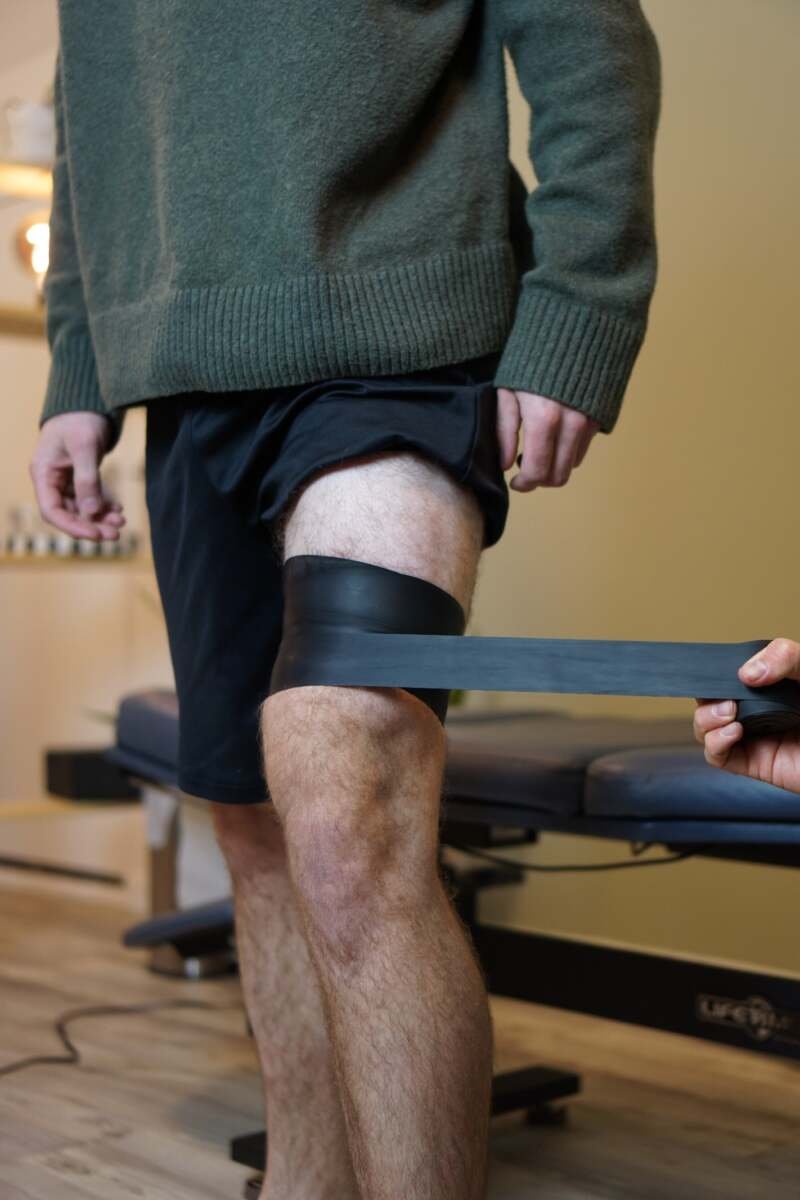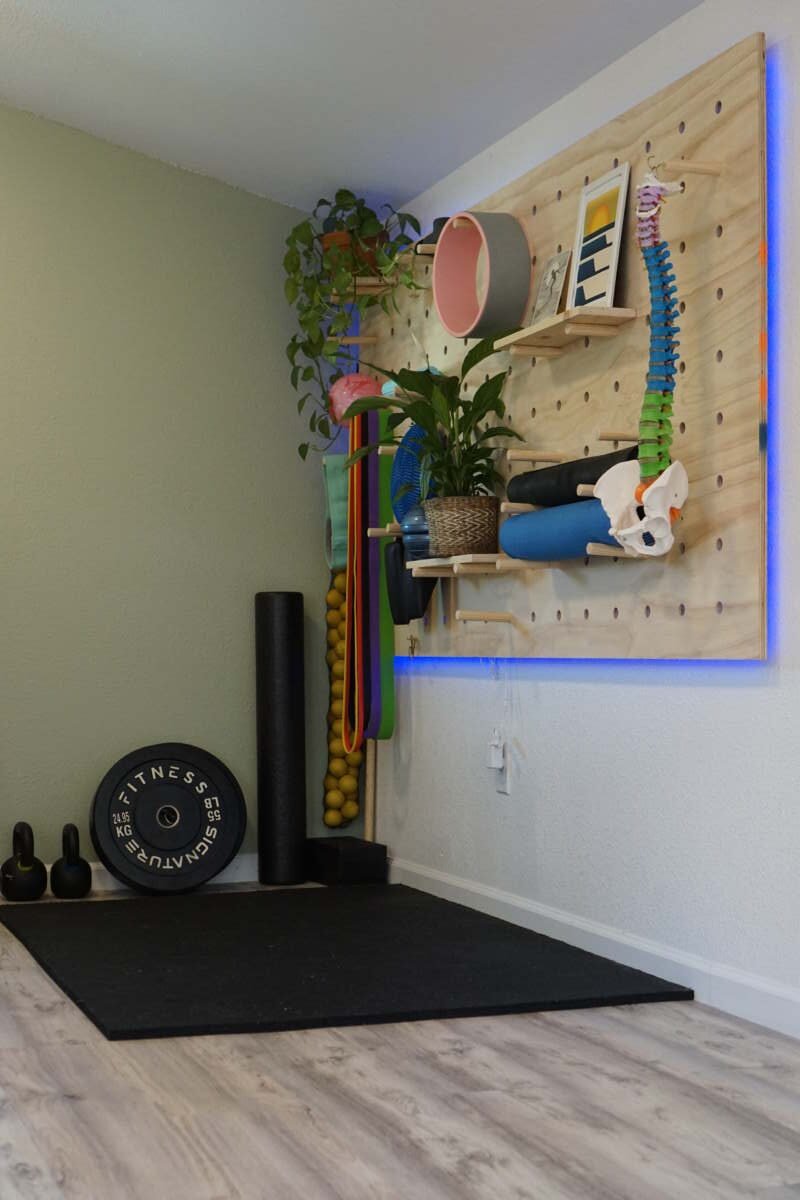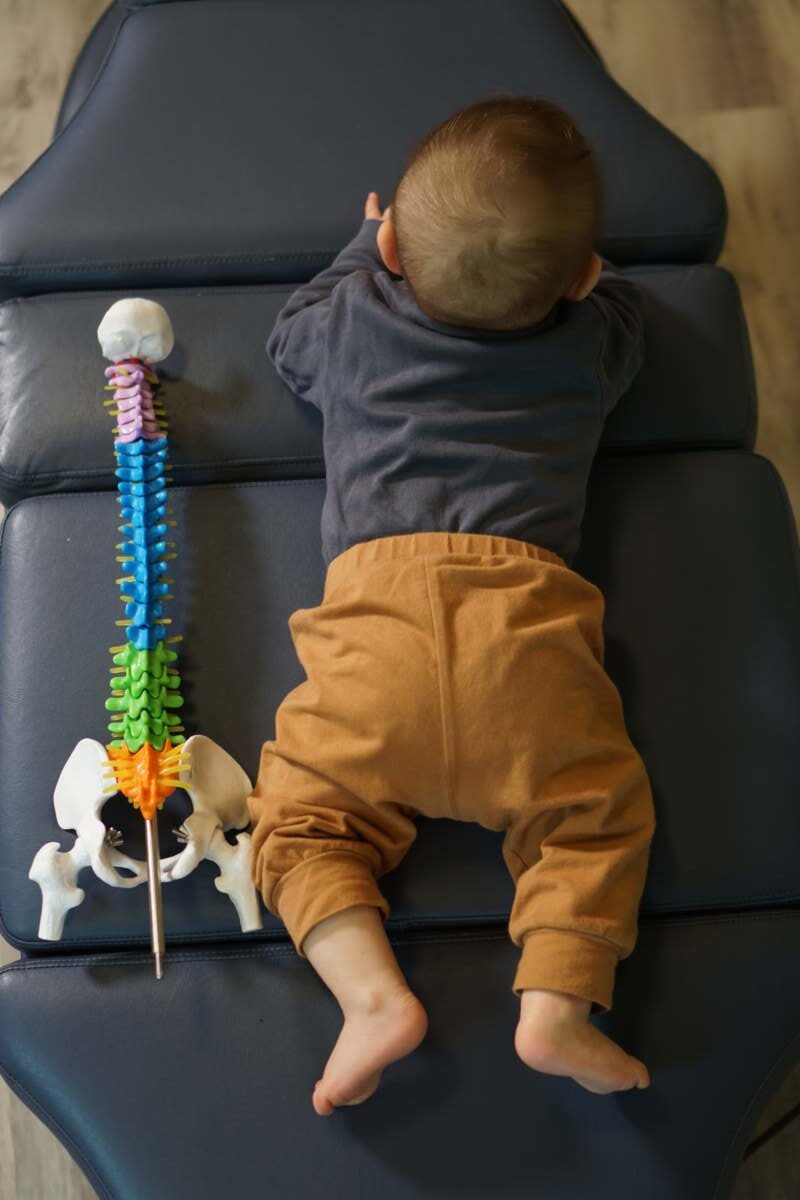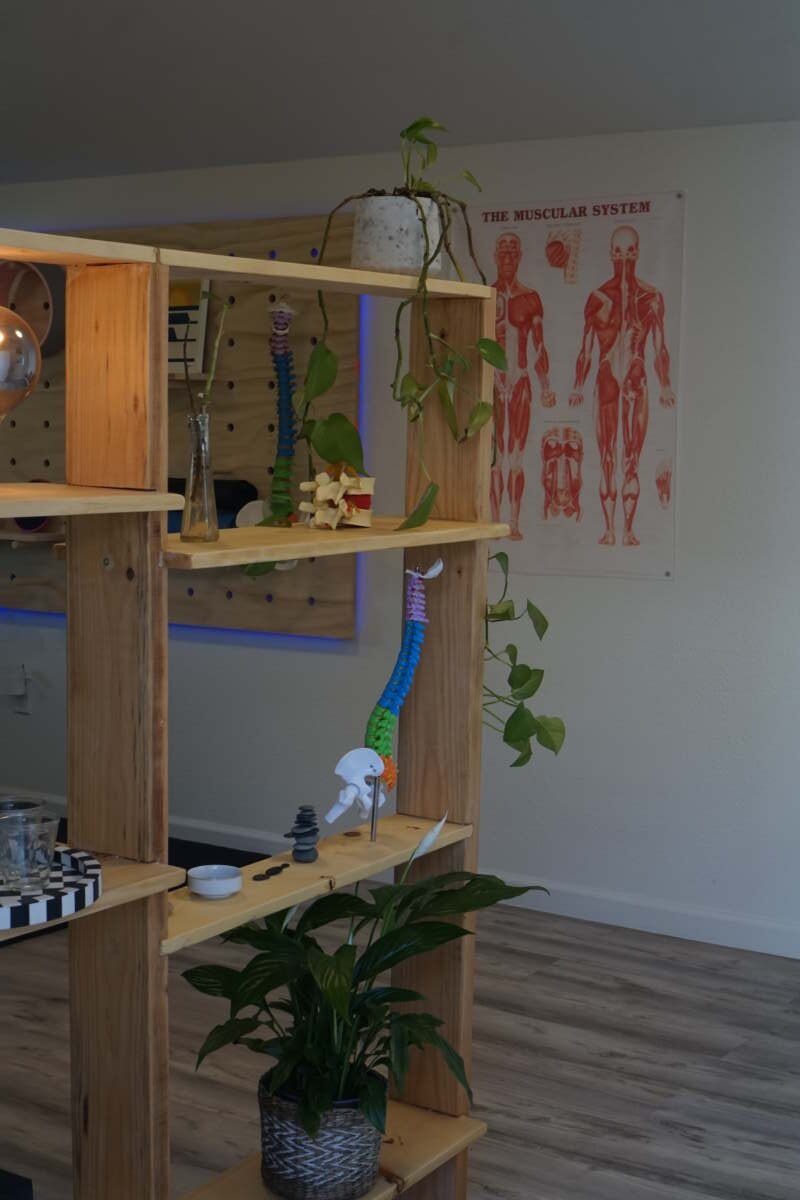The sacroiliac (SI) joint is a virtual junction between the divide and pelvis, playing a key role in broad hush and movement. Many people participate a hell or dysfunction in this bureau, which can usher to annoyance in the lower back, hips, or legs. Fortifying and stabilizing the SI joint is critical for dissuading injury and enhancing mobility. This blog will explore evolved conditioning designed to bolster the stability of the SI joint, offering practical routines that can be combined into any soundness regimen. Understanding the principles of these conventions can lead to improved available movement and a better quality of life.
Importance of Strengthening the SI Joint
Strengthening the SI joint is consequential for several reasons. First, it helps maintain proper alignment of the pelvis, which is crucial for effective signal patterns. When the SI joint is durable, it minimizes the risk of injuries during physical conditioning and daily tasks. Additionally, decisive supporting muscles around the SI joint can soothe pain and discomfort, enhancing overall mobility. A sound SI joint can also improve athletic commission, allowing for better power transfer during conditioning like running and jumping. Recognizing the importance of this joint can inspire people to incorporate specific conditioning into their routines.
Key Muscles Involved in SI Joint Stability
Understanding the key muscles involved in SI joint steadiness is introductory for influential exercise selection. The muscles that play a significant role include:
- Gluteus Maximus: This large potency support in hip passion and stabilization of the pelvis.
- Transverse abdominis: This deep abdominal muscle heightens the divide and pelvis, furnishing core stability.
- Multifidus: Running along the ridge, these trim potencies assist in maintaining vertebral information, hence supporting general spinal stability.
- Iliopsoas: This muscle group, consisting of the iliac and psoas major, supports hip flexion and pelvic stability.
Targeting these muscles through advanced exercises can significantly enhance the strength and stability of the SI joint.

Recovery Strategies After Exercise
After engaging in advanced training for the SI joint, proper comeback procedures are essential for miscalculation soreness and boosting healing. Incorporating approaches such as lengthening, foam wadding, and moderate yoga can aid in relieving anticipation in the muscles encircling the SI joint. Besides, staying hydrated and gobbling a proportional diet rich in anti-inflammatory foods can assist rescue. Listening to your body and allowing acceptable rest between conditioning is crucial for dissuading overuse injuries. By prioritizing rescue, someones can maintain their movement routines and resume strengthening the SI joint virtually.
Incorporating Flexibility and Mobility Work
In addition to strength, internship, flexibility, and mobility work are necessary for SI joint health. Incorporating stretching into training can enhance the range of movement and reduce tension in the surrounding muscles. Focus on the duration that targets the hip flexors, hamstrings, and additionally down the back. Pigeon pose, seated brash distorts, and hip openers can help ameliorate tightness and sweeten overall flexibility. Regular mobility work, such as passionate spreads or foam rolling, can also enhance blood flow and aid in recovery. Combining flexibility and strength workout creates a congruous technique to SI joint health.
Importance of Consistency in Training
Thickness is crucial when it comes to toughening and stabilizing the SI joint. Performing these advanced exercises regularly can teach to noteworthy improvements over time. Aim for a structured habit that includes stability training, flexibility, and mobility work on a weekly basis. Tracking gain can help individuals stay motivated and execute their goals. Gradually increasing the intensity and complexity of exercises ensures continued headway and prevents plateaus. By prioritizing consistency, people can effectively heighten their SI joint and improve their overall physical well-being.
Understanding SI Joint Dysfunction
SI joint dysfunction can embody as pain in the lower back, hips, or legs, seriously affecting daily activities. This circumstances often materializes from facets such as wound, incubation, or unsuitable biomechanics during motion. When the SI joint evolves either too unbendable or too mobile, it can conduct to discomfort and instability. Understanding the motives and manisfestation of SI joint dysfunction is fundamental for effective management. Early appointment and antidote can help alleviate pain and revive proper function, allowing individuals to replace to their regular activities without limitations.
The Benefits of Professional Guidance
Seeking professional guidance from a chiropractor or physical therapist can enhance your approach to fortifying the SI joint. These professionals can provide personalized estimations to remember distinctive muscle inequalities and movement marks donating to discomfort. They can also recommend customized exercise programs that align with individual goals and capabilities. Working with an expert ensures that exercises are performed safely, actually reducing the risk of injury. Professional underpinning can also offer priceless insights into general body repair, leading to improved routine and improved quality of life.
Conclusion
Strengthening and stabilizing the SI joint through advanced exercises is vital for anyone experiencing ache or seeking to improve their physical need. By concentrating on uncomplicated muscle groups and implementing a balanced drill of strength, flexibility, and mobility practice, persons may make major alterations in their overall stability. Understanding the need for these workouts might help one to live more actively and without discomfort. The expertise offered by The ChiropractOrr can further support individuals on their journey to optimal SI joint health







